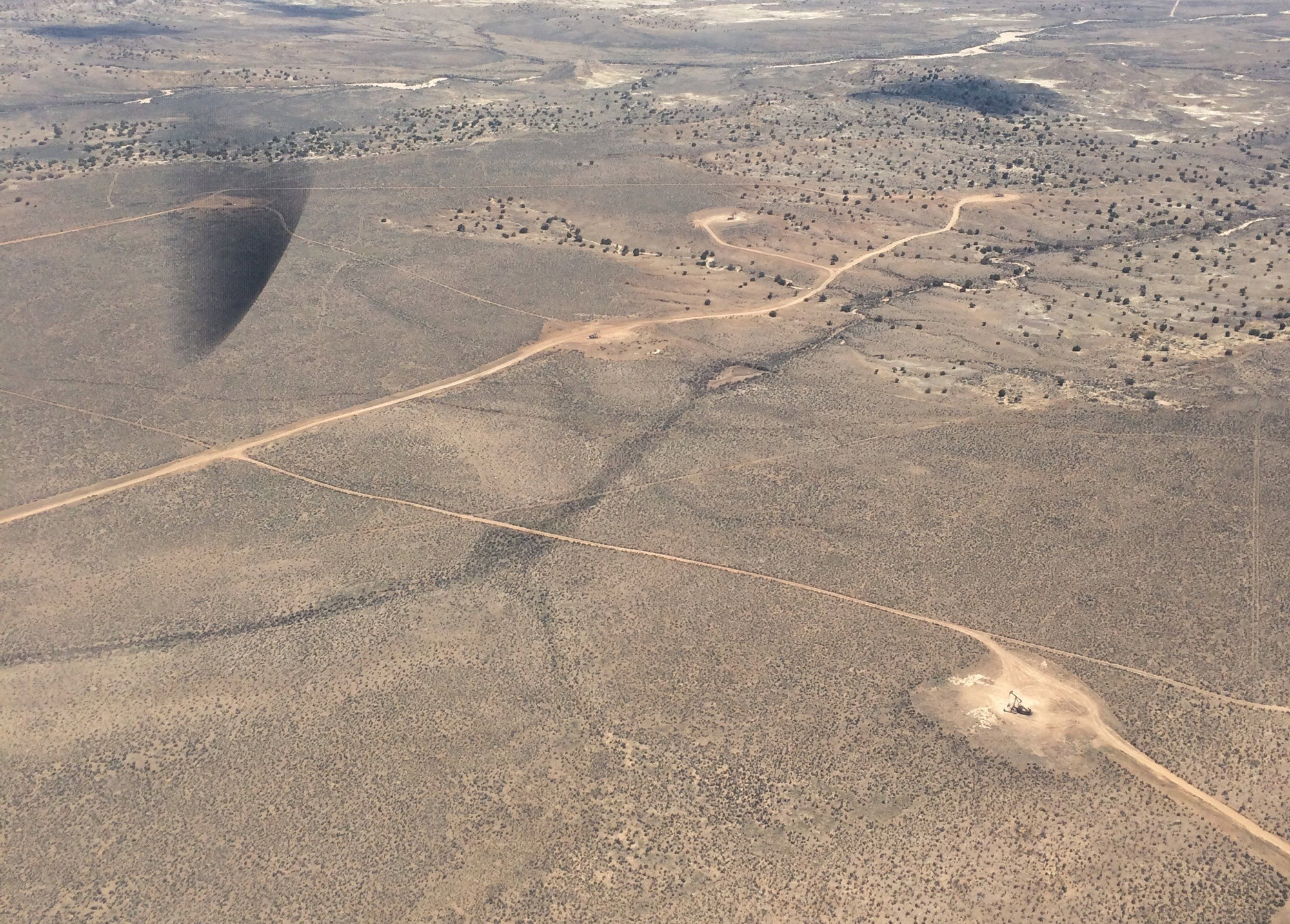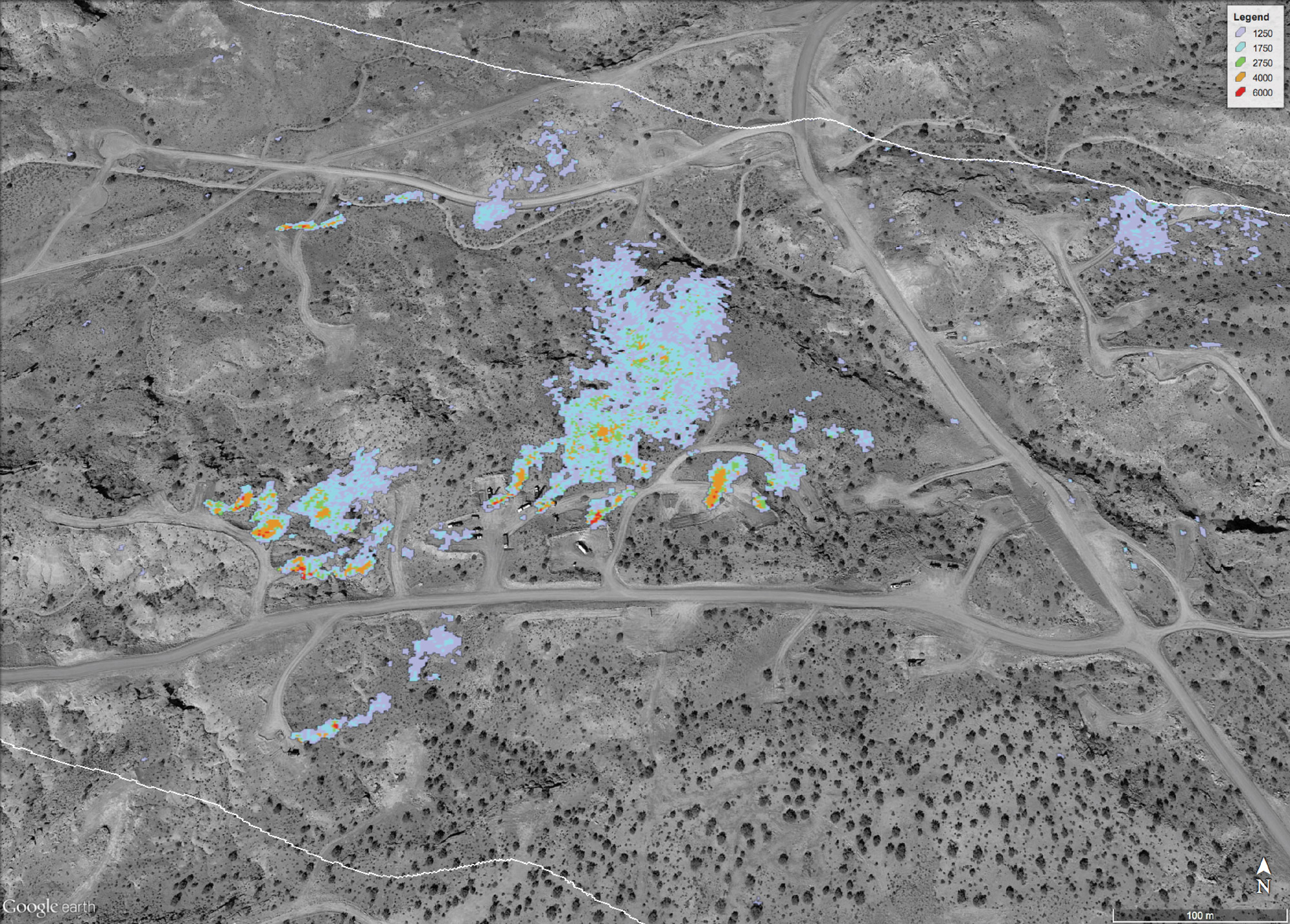After a continuous increase in global methane abundances up until the early 21st century, the atmosphere experienced a period of stagnation from 2000-2006, followed by a renewed and still ongoing increase on the global scale. What is driving these decadal trends and inter-annual variations on the global scale? For both the stagnation and renewed increase, multiple explanations have been proposed, which partially contradict each other in several ways but are not necessarily falsifiable with current observations. Within this workshop, we want to discuss different scenarios and their plausibilities as well as necessary additional observations to resolve the ambiguities in the interpretation of the global methane budget. Towards this goal, we would like to dedicate specific discussion times on key topics related to the global budget. These include:
High latitude wetlands: Large soil carbon storage in high latitude wetlands have the potential to alter global methane budgets in a warming climate. Even though its current impact is thought to be modest now, this source could show stronger inter-annual variability as well as decadal trends.
Tropical wetlands: Tropical wetlands are the “Elephant in the room” for natural methane sources, constituting the largest natural flux. However, their current flux rates, variability, and possible trends in emissions are poorly constrained with the current observational network.
Fossil Fuel: A rapidly changing energy landscape in the past decade prompted many to point to increasing methane emissions from this sector. What do we really know about these changes and the absolute magnitude? How helpful are proxies such as isotopes and ethane?
Geologic/Ocean: The absolute magnitude of geologic and oceanic sources is relatively poorly constrained even though they are often considered a more constant flux. What do we really know about them on the global scale, what is their significance, and how could we fill in the knowledge gaps?
Agriculture/Waste: This is one of the key elements of anthropogenic methane emissions. Most of these are created through artificial habitats for methanogenic microbes. Flux rates can vary dramatically depending on waste treatment, fertilizer and water management or diet.
Fires/Others: Fires can have a strong impact on interannual variations as well as isotopic compositions. We shall not discard this impact as well as a discussion on “other” sources, which are often not considered major players in the global methane budgets but should be discussed in this session.
Sinks: Oxidation by the Hydroxyl radical OH is the biggest sink term for methane (in addition to a Chlorine sink as well as soil uptake). In global flux studies, a potential variability in the sink term is often neglected. What do we really know about changes in the sink? How can we better constrain these and what are the main drivers from a mechanistic viewpoint?
Modeling/Inversions: To interpret atmospheric observations and infer fluxes often atmospheric transport modeling and inverse model methodologies are applied. What are the strengths and weaknesses and current limitations of current inverse model approaches?
Measurements: Observations provide the foundation for our current understanding of methane. Approaches span from flux chambers, to tower, aircraft, and space-based approaches, and measurements are made of methane as well as isotopes and related trace gases (such as ethane). What are current capabilities, limitations, and future observing plans? What observational advances are needed to resolve the largest unknowns?
Please note that this is an invitation-only workshop.






